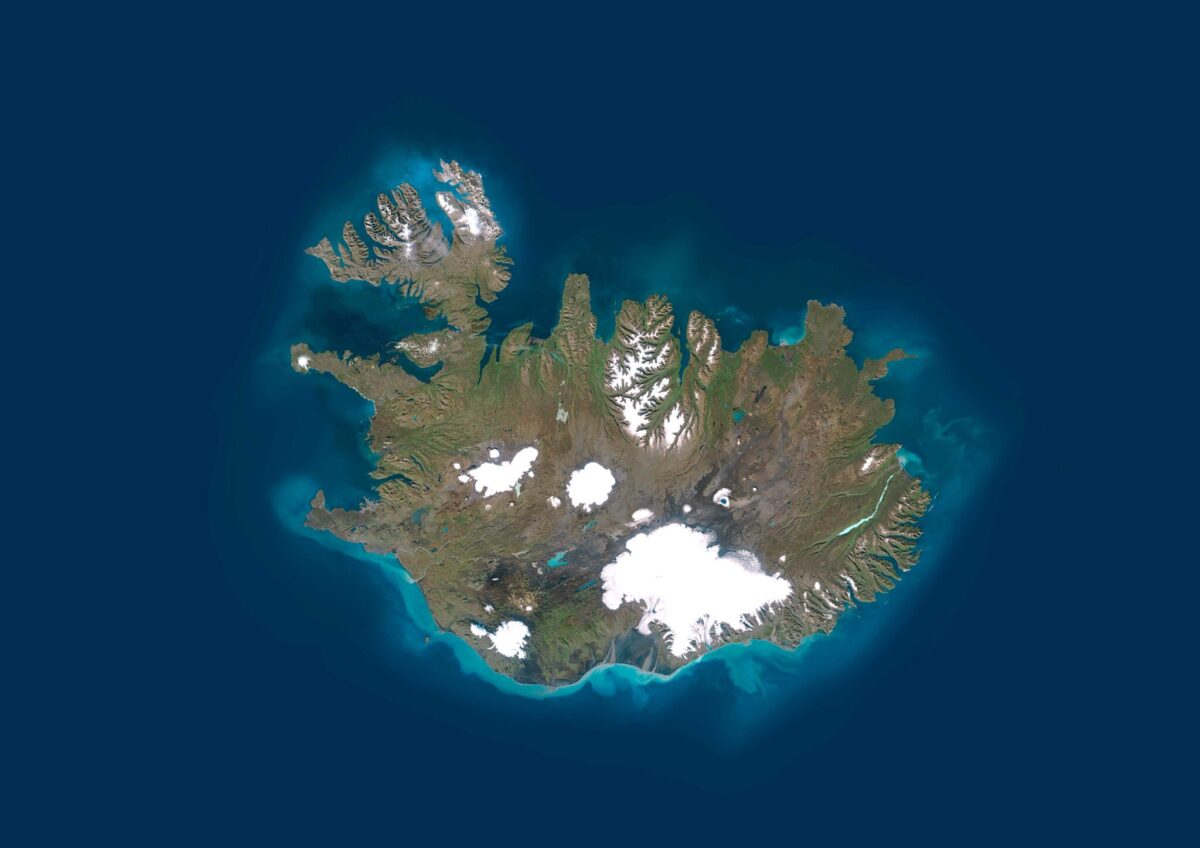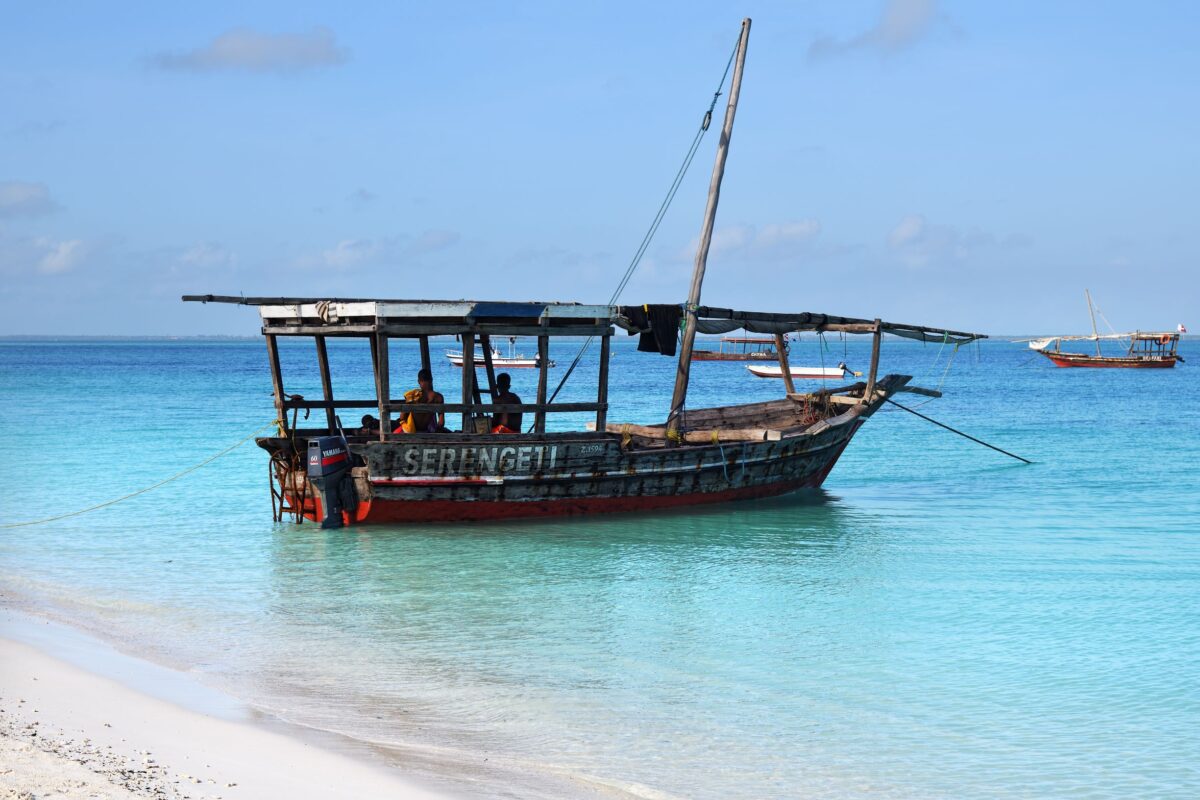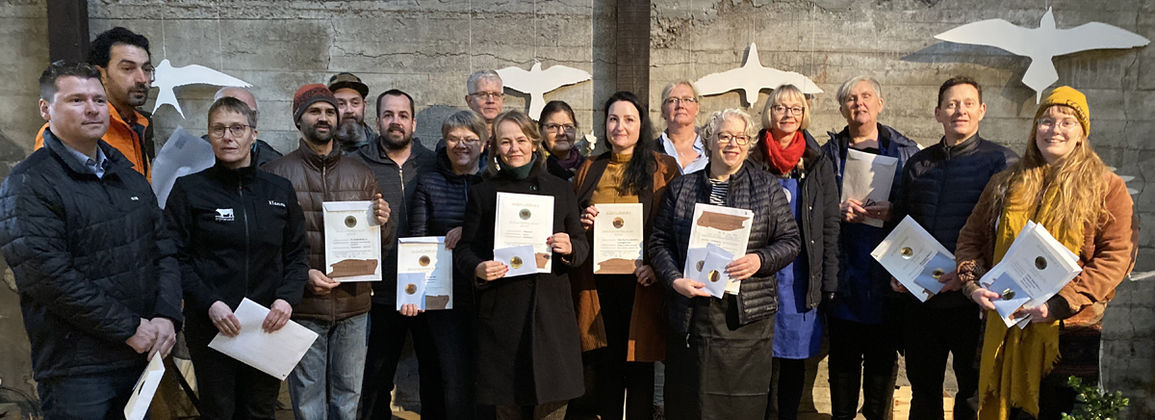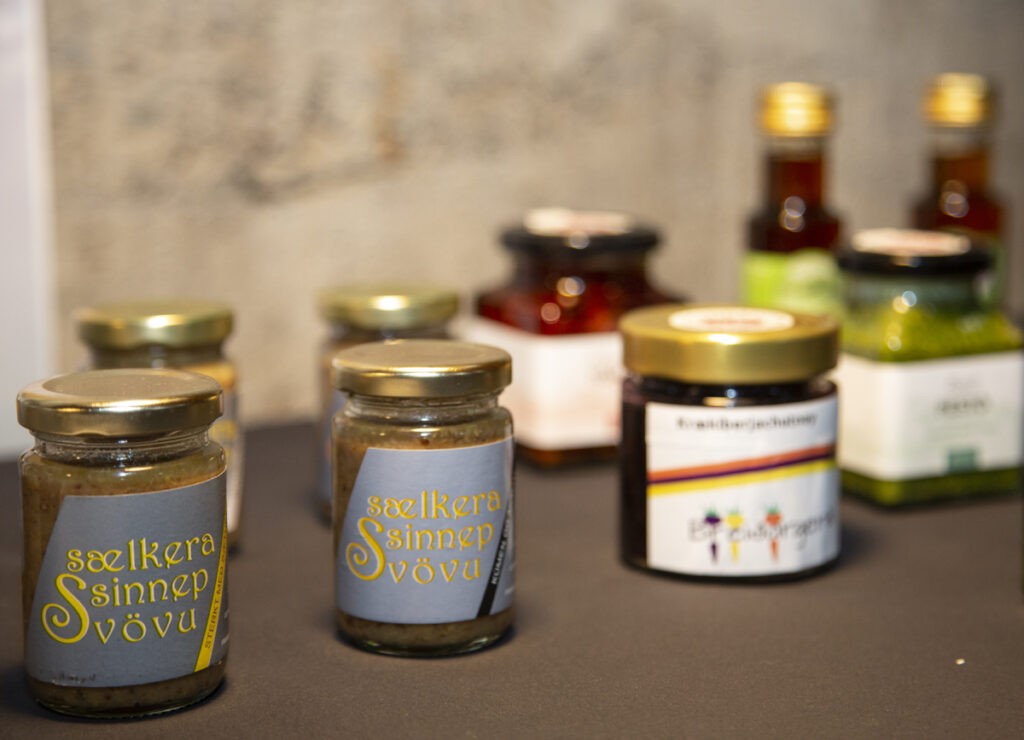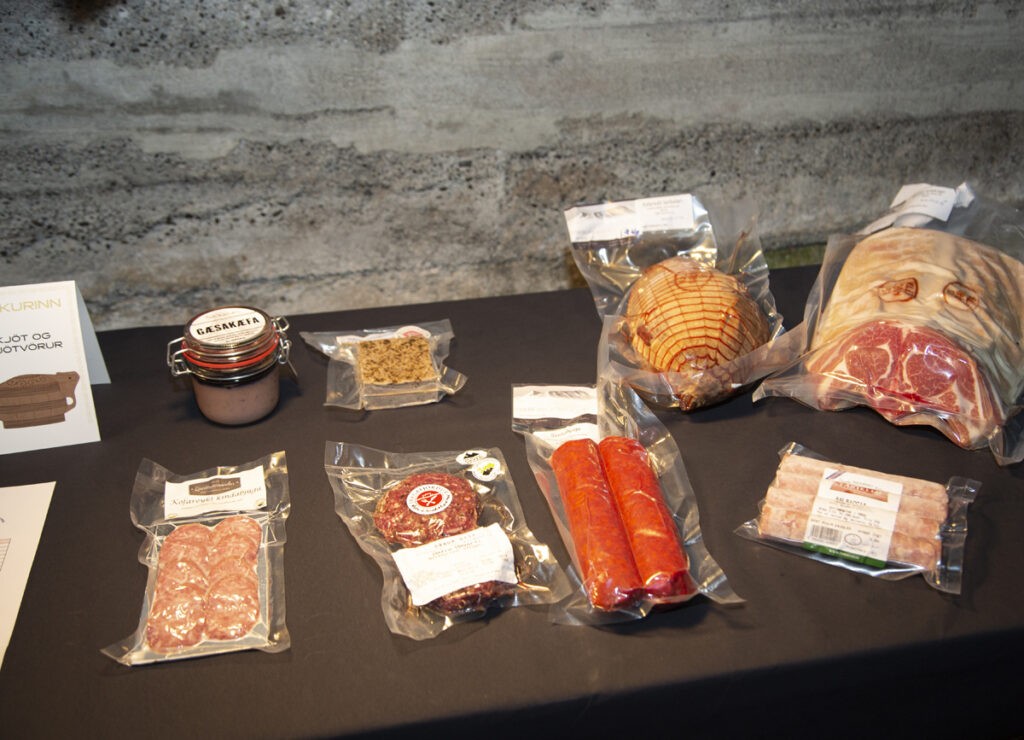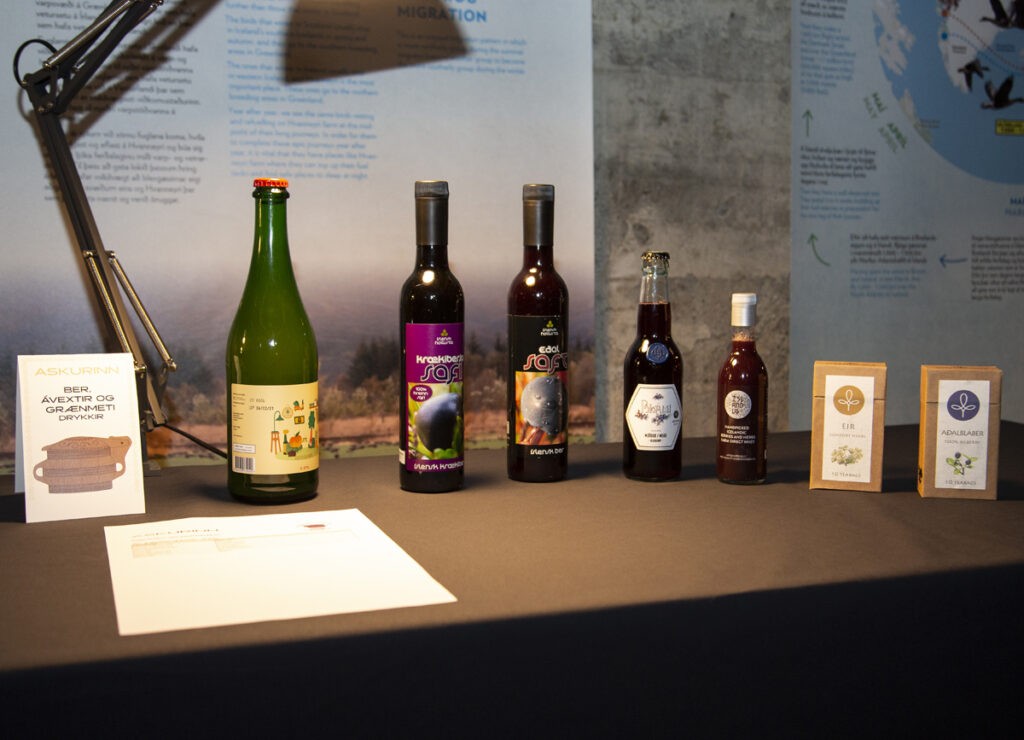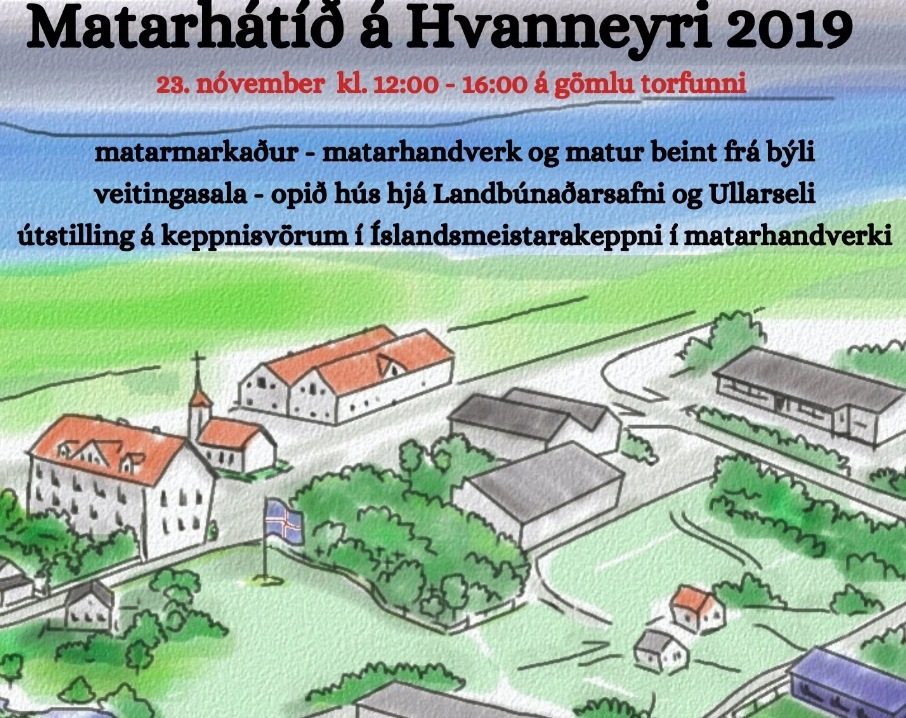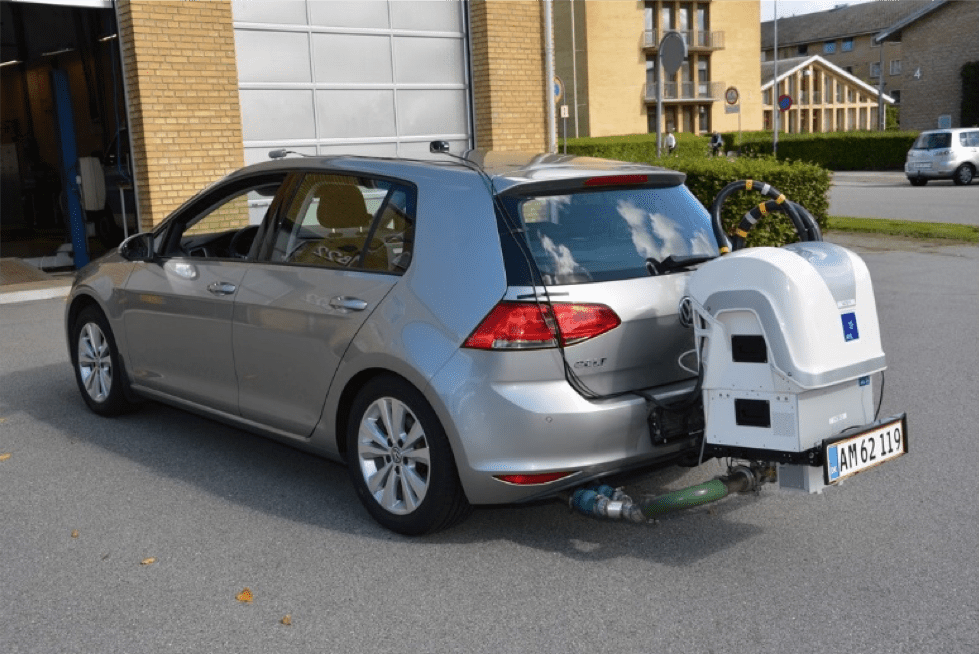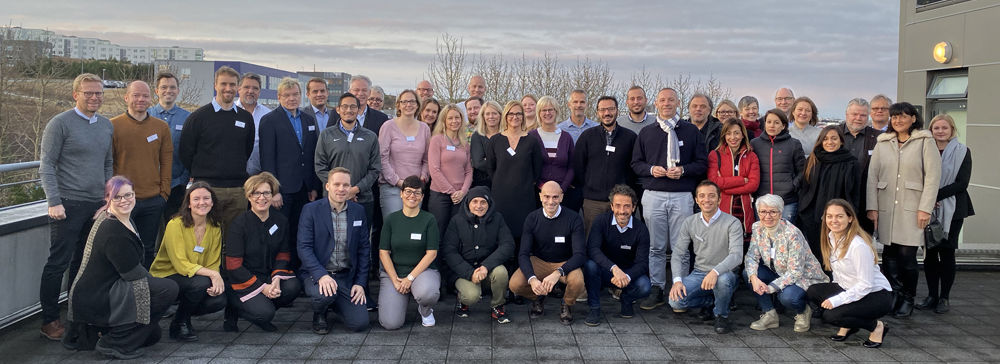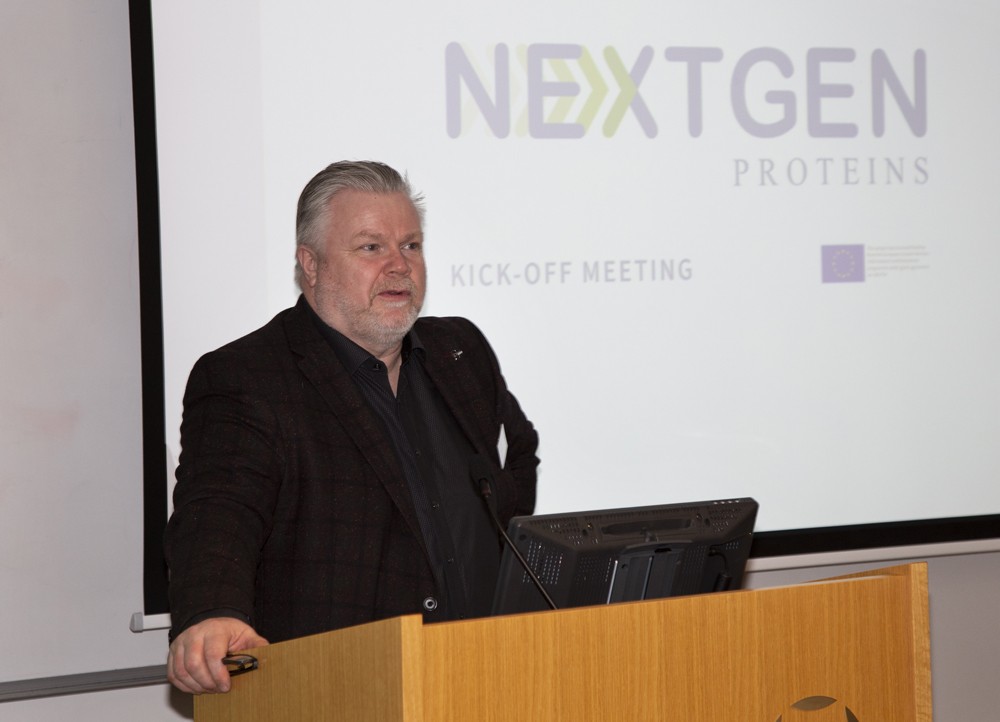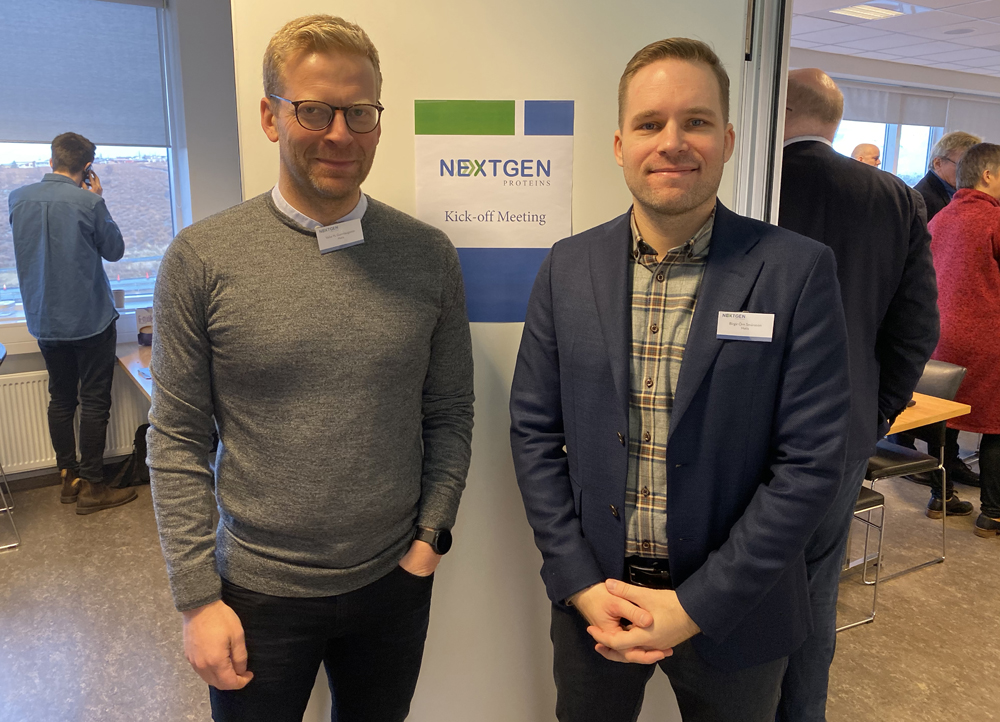A team of Icelandic and American scientists has been set up to study antibiotic resistance in Iceland. The country's unique position makes it an ideal venue to study this growing threat to public health. The team's research is intended to create knowledge to maintain a low level of immunity in the country and counteract the development of immunity elsewhere in the world.
The study is based on the "one health" methodology and thus covers humans, animals, food and the environment nationwide, with the aim of increasing our knowledge of how the spread of antibiotic-resistant bacteria. The intention is to cover as many factors as possible by researching E. coli the bacterium found in livestock, the environment, as well as on domestic and imported meat products and compares them with E. coli bacteria detected in human infections.
The research team is composed of interdisciplinary experts who will study the ecology of bacteria and antibiotic resistance as well as its effects on animals, food and humans. The institutions involved in the study are the Department of Pathology and Virology at Landspítali, the University of Iceland Laboratory of Pathology at Keldur, MATÍS (Matvælarannsóknir Íslands), Matvælastofnun; Antibiotic Resistance Action Institute, George Washington University, Washington DC (ARAC) and the Institute of Ecosystems and Society, Northern Arizona University, Arizona (ECOSS).
The special feature that makes Iceland both unique and optimal for such research is geographical isolation, population and how easy it is to monitor the use of antibiotics and antibiotic resistance in both humans and animals. Antibiotic resistance in the country is among the lowest in the world, but that enviable position is now threatened. Growing tourism industry with more than 2 million tourists to a country with a population of 360,000, increased travel by Icelanders to areas with more antibiotic resistance and growing imports of agricultural products such as fresh meat and vegetables.
It is important to understand why the proportion of antibiotic-resistant bacteria in Iceland is among the lowest known in the world today, despite the fact that we use more antibiotics in humans than is done in our neighboring countries. However, we use much less antibiotics in agriculture than is known in most other places. We hope that the knowledge gained from this study will help maintain a low level of immunity in the country. That knowledge could also help counteract the development of immunity in other parts of the world.
The main goal of the research team is to create knowledge that could be used to formulate countermeasures based on evidence-based science.
The research team in Iceland
- Exam. Karl G. Kristinsson, Department of Pathology and Virology at Landspítali and the Faculty of Medicine at H.Í.
- Þórunn Rafnar Þorsteinsdóttir, Experimental Station H.Í. in pathology at Keldur
- Exam. Viggó Marteinsson, MATÍS (Icelandic Food Research)
- Vigdís Tryggvadóttir, Matvælastofnun
Further information


